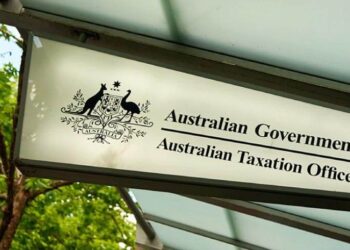In late March, the ATO announced that for the 2019–20 and 2020–21 financial years, it would not undertake compliance action where an SMSF provides a tenant with rent relief due to the impacts of COVID-19 in relation to some of the SIS Act implications that can arise from a reduction in rent.
In order for this compliance relief to apply, the ATO has stated that appropriate documentation must be put in place reflecting the rental relief arrangement.
Some of the popular ways of documenting this relief, DBA Lawyers director Daniel Butler explained, have been an exchange of letters and trustee resolutions.
While it may be possible to use an exchange of letters or trustee resolutions in some circumstances, there is a risk this type of documentation may not be legally binding, which could give rise to potential contraventions for the client and expose the adviser to risks also, Mr Butler warned.
Speaking ahead of the next DBA Lawyers online update next month, Mr Butler noted that while the ATO’s position in QC 17603 is that trustees can document the relief with a signed minute where the trustees and tenant are related parties, they also stated that it is “prudent to give effect to the changes by way of an agreement signed by both the parties and attach it as an addendum to the lease”.
“The ATO then goes on to say that ‘it is also important to review the lease agreement as this may require a formal variation of the lease to be drafted or a renewed lease agreement’,” Mr Butler noted.
“They say [on the one hand] if it’s a related-party tenant to do it by a fund minute, but then say that the lease may need a formal variation, [so] I would not be relying on this ATO [guidance] for legal advice.”
A lease is a legal document that confers proprietary interest in land, he said, and most lawyers would recommend that any variation should be documented through a deed of variation to the existing lease.
“If the lease agreement does allow variation by agreement, then it needs to cover the four hallmarks of a legally binding agreement [which include] offer, acceptance, consideration and intent,” he said.
Mr Butler said the Victorian regulations on the provision of rent relief, for example, are quite strict on what needs to be documented.
Regulation (10)(6) of the COVID-19 Omnibus (Emergency Measures) (Commercial Leases and Licences) Regulations states that “rent relief under this regulation may be given effect by the landlord and tenant by variation to the eligible lease or any other agreement between them that gives effect to the rent relief, either directly or indirectly”.
“Now that may be possible under an exchange of letters and resolutions, but from a legal point of view, you may have a difficult time proving it,” he said.
“If you look at regulation note 2, it says that if any part of the rent payable under an eligible lease has been waived under a variation to the eligible lease or under another agreement between the landlord and tenant that gives effect to the rent relief, either directly or indirectly, a landlord will be bound by that variation or agreement and will not be able to subsequently make any claim for payment of the waived part of the rent.
“Therefore, a tenant is only protected under the Vic Act if the deed of variation or agreement varying the lease is legally binding, assuming the lease allows variation by agreement. Otherwise, the landlord may be able to seek payment of any waived rent plus interest at penalty rates.”
Mr Butler also noted that while a tenant may be related to the landlord today, this may not always be the case due to issues such as bankruptcy, insolvency and liquidation.
“These documents could be tested; if they get tested and they don’t stack up, then who’s wearing the risk?” he cautioned.


